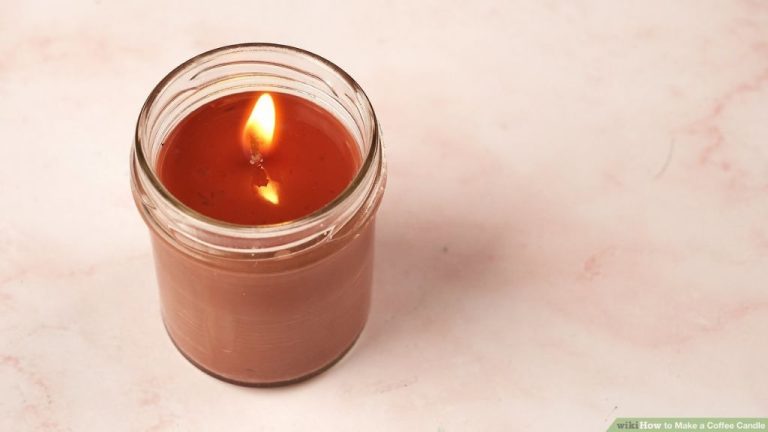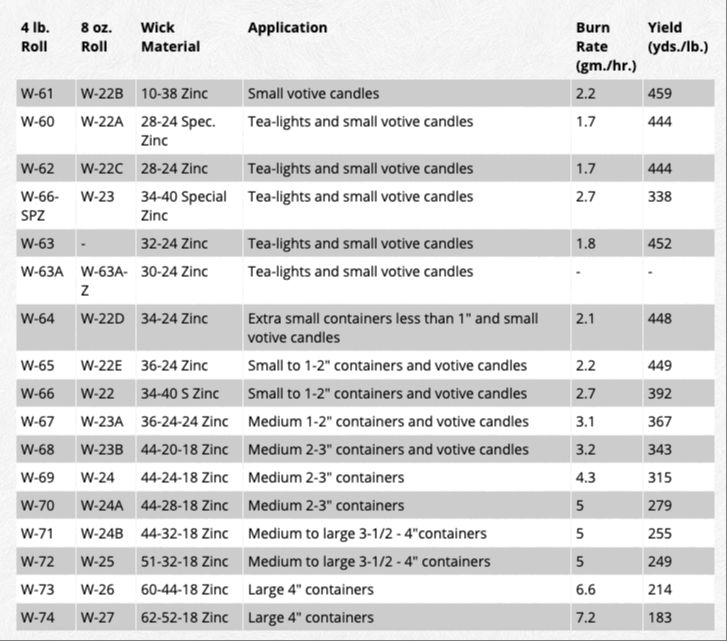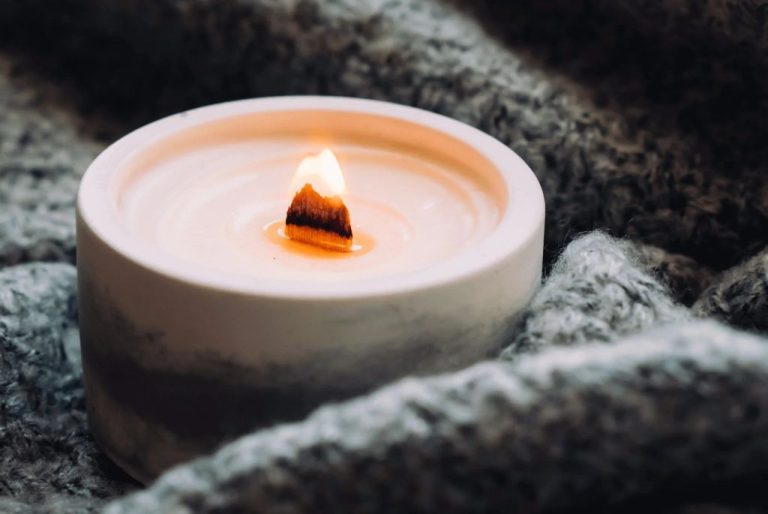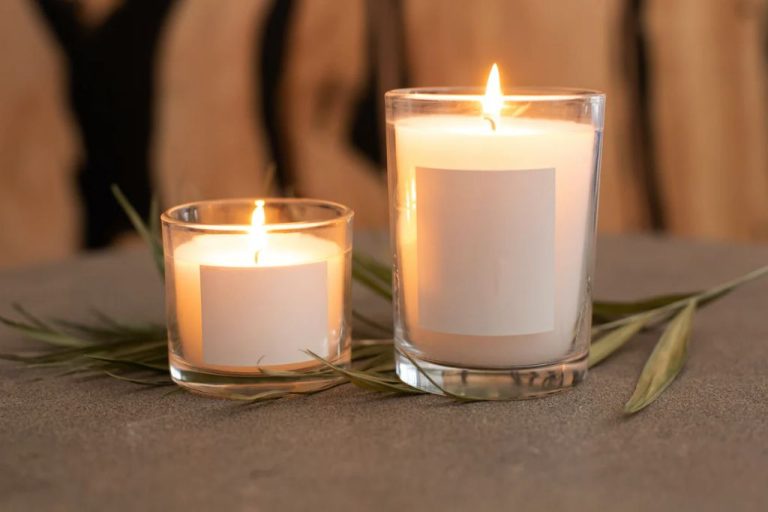Is Waxing Yourself Cheaper?
Do It Yourself At Home Waxing: Cheaper and As Good As Going to the Salon?
Waxing to remove unwanted body hair has become increasingly popular, with about 20% of women choosing it as their primary hair removal method. With professional waxing salon services costing $50-$100 per session, many seek cheaper alternatives by waxing themselves at home. But is DIY waxing actually more affordable and effective? This article analyzes the costs, quality, risks, tips, and recipes for at-home waxing to help you decide if DIY is the right choice for your hair removal needs.
Cost of professional waxing
Getting waxed at a salon or spa can be quite expensive. According to this article, the average cost for an eyebrow wax is $20, a bikini wax is $41, and a full leg wax can cost $65 and up. For Brazilian waxes, prices typically range from $50-80 on average.
Some factors that affect waxing costs at professional salons include the area being waxed, your location, the particular spa or salon, and any package deals. But it’s safe to say you can expect to pay at least $30-50 for a bikini or Brazilian wax, and $50-100 for a full leg wax.
Cost of at-home waxing kits
At-home waxing kits can range in price from $10 to $100. On the lower end, you can find basic waxing kits with wax, strips, and post-waxing products for $10-30 at drugstores like CVS or Walgreens. Mid-range kits from brands like Sally Hansen and Nads cost $30-60 and contain higher quality wax formulations. Higher end kits from specialty brands like GiGi and Surgi-Wax cost $60-100 and come with professional grade wax, applicators, and accessories.
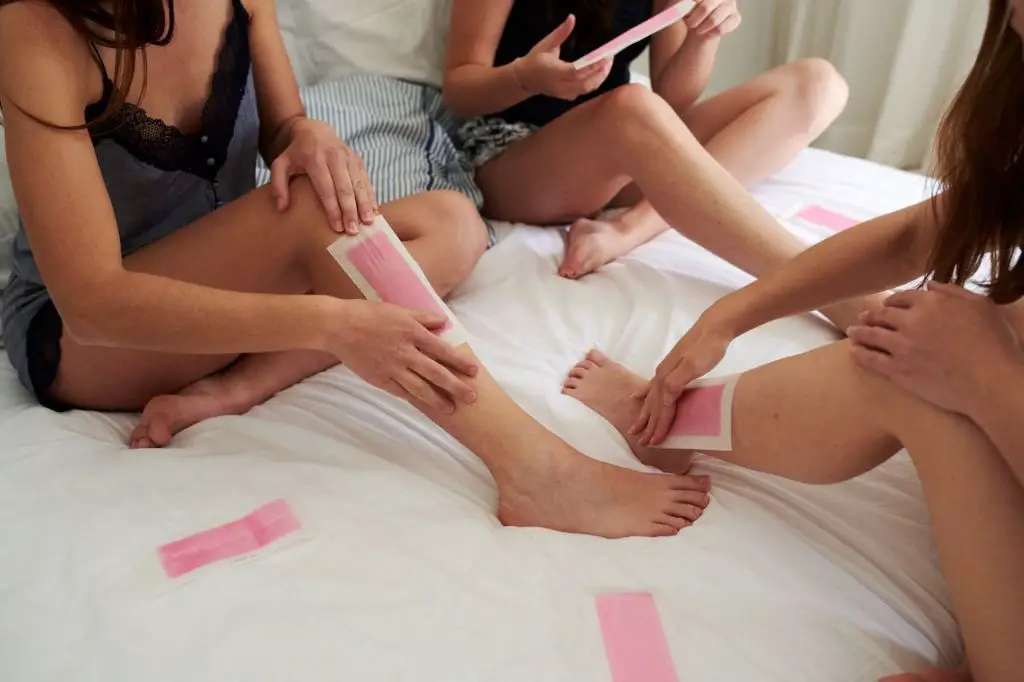
According to Walmart, popular at-home waxing kits like the GiGi Brazilian Waxing Kit cost around $40. Full body waxing kits from Salley Hansen and Nads range from $25-60 on Amazon. Overall, most quality at-home waxing kits tend to cost $30-60 depending on the size, included supplies, and brand.
Quality of Professional vs At-Home Waxing
Professional waxing at a salon or spa provides superior results compared to at-home waxing. Trained estheticians use high-quality waxes and proper technique to minimize pain and irritation while thoroughly removing hair from the root. This leads to smoother, longer-lasting results. According to DulceLash, professional waxing leaves skin hair-free for 3-6 weeks, while at-home waxing may require touching up every 1-2 weeks[1].
However, professional waxing comes at a higher cost per session. Prices range from $25-$80 per session depending on the body part. At-home waxing kits only cost $10-$30 for enough supplies to wax multiple times. While the results may not last as long, at-home waxing allows you to wax on your own schedule and budget.
The quality of at-home waxing depends heavily on technique. With practice, some achieve salon-quality results. But first-timers risk irritation, ingrown hairs, and uneven hair removal. If using an at-home kit, it’s important to closely follow directions and tutorials to get the best outcome. Exfoliating before and moisturizing after can also optimize results.
Learning Curve for At-Home Waxing
At-home waxing definitely has a learning curve. When first starting out, it may take some time and experience to get the technique down and achieve smooth, painless results.
One source suggests it can take a few months of regular practice to become truly comfortable and efficient at waxing yourself. It’s important to start slowly, doing small patches first before attempting larger or sensitive areas. Expect some trial and error at first to find the right wax temperature, speed of removal, and aftercare.
Patience is key. Don’t get discouraged if your early attempts are messy or painful. Skill comes with experience. Over time, you’ll learn techniques to make waxing faster and less painful. Proper preparation like cutting hair length, exfoliating, and using pre-wax oils can also help as you develop your technique.
While professional waxers make it look easy, it does take the average person quite a bit of practice to wax themselves effectively. But many find the savings worth the effort to learn. With regular waxing sessions, most people can master at-home waxing within a few months.
Sources:
https://www.healthline.com/health/beauty-skin-care/at-home-diy-waxing
https://www.naircare.com/en/education/waxing-guide-for-beginners
Hair regrowth after waxing
Hair regrowth timelines can vary between professional waxing services and at-home waxing kits. According to The Complete Guide to Hair Growth After Waxing, professional waxing removes hair from the root and delays regrowth for 3-6 weeks on average. With at-home waxing, regrowth may occur faster within 2-4 weeks since it can be more difficult to pull hair efficiently from the root without professional training.
As explained in Cycles of Hair Growth: The Importance of a Waxing Routine, maintaining a regular 4-6 week waxing schedule is important for minimizing regrowth, whether waxing at home or professionally. The first few at-home waxing sessions may result in faster regrowth while technique is perfected. Overall, professional waxing provides longer lasting results between appointments, but regular at-home waxing can also delay regrowth over time.
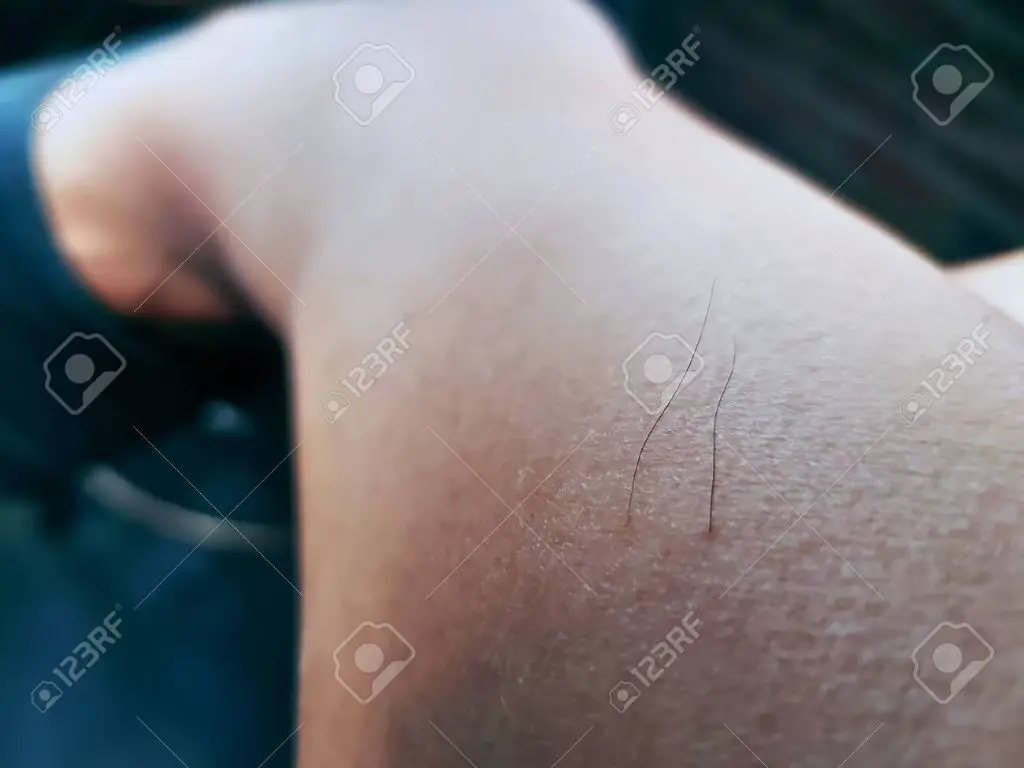
Risks and side effects
Waxing at home carries some risks and potential side effects to be aware of. According to Allure (1), waxing at home increases the risk of infection since the wax and tools are not sterile like at a professional salon. The bacteria on the skin can get into hair follicles and pores causing infections. Ingrown hairs are also a common side effect of poor at-home waxing technique that can lead to irritation and pimples.
WebMD (2) explains that double-dipping wax applicators spreads dirt and dead skin cells, significantly raising chances of infection. Proper sanitization and using clean applicators for each dip into the wax can reduce this risk. However, an at-home environment can never be as sterile as a salon. Frequently exfoliating and using proper after-care can minimize ingrown hairs from waxing at home.
Tips for effective at-home waxing
Proper technique is crucial for getting the best results when waxing at home. Here are some tips to help make the process easier and more effective:
Exfoliate the area 2-3 days before waxing to remove dead skin cells and allow for closer wax adhesion. Gently scrub with a loofah or exfoliating cloth.
Make sure skin is completely dry before applying wax. Any moisture or oils can prevent wax from sticking properly.
Test wax temperature on your wrist first before applying to sensitive areas. Warm wax, not hot, works best.
Apply wax in direction of hair growth and remove opposite of growth. Pull skin taut for easier hair removal.
Remove wax strips swiftly in one smooth motion. Going slowly can cause more pain and break hair rather than pull from follicle.
Only wax the same area of skin once during a session. Repeated waxing can irritate skin.
After waxing, avoid sun exposure for 24-48 hours and apply aloe vera gel to soothe any irritation.
Exfoliate again 2-3 days after to prevent ingrown hairs. Moisturize daily.
DIY Wax Recipes
For those wanting to avoid chemicals and go the all-natural route, there are some effective homemade wax options using ingredients commonly found in the kitchen. Sugar wax is a popular natural alternative, containing just sugar, water, and lemon juice (1). You simply heat the ingredients together until it forms a wax-like consistency. Sugar wax can be used in the same manner as traditional waxes. Here are a couple recipes to try:

- Combine 1 cup sugar, 1/4 cup water, and juice of 1 lemon. Heat in a saucepan until it thickens to form a wax, about 5 minutes. Allow to cool slightly before using (1).
- Mix 1 cup sugar, 2 tablespoons water, and 2 tablespoons honey. Heat until liquefied, then cool before applying to skin (2).
Other kitchen pantry ingredients like honey, olive oil, coconut oil, and molasses can also be used to make natural waxing solutions. Experiment until you find a recipe that works for you.
(1) https://www.byrdie.com/how-to-make-your-own-homemade-sugar-wax-347142
(2) https://www.healthline.com/health/beauty-skin-care/homemade-wax
Conclusion
In summary, while at-home waxing can appear cheaper upfront, over time the costs will likely even out or may even become more expensive than professional waxing. The large initial investment of buying an at-home waxing kit and supplies, the learning curve to use them properly, the risks of skin irritation if done incorrectly, and faster hair regrowth will likely make at-home waxing a more involved process. For those who value both cost and convenience, professional waxing remains an effective option that takes care of the hard work for you. However, for those willing to put in the time to learn proper technique and create their own wax, at-home waxing can be a cost-effective DIY endeavour yielding satisfactory results. Carefully weigh the pros and cons and decide what works best for your needs and budget.

